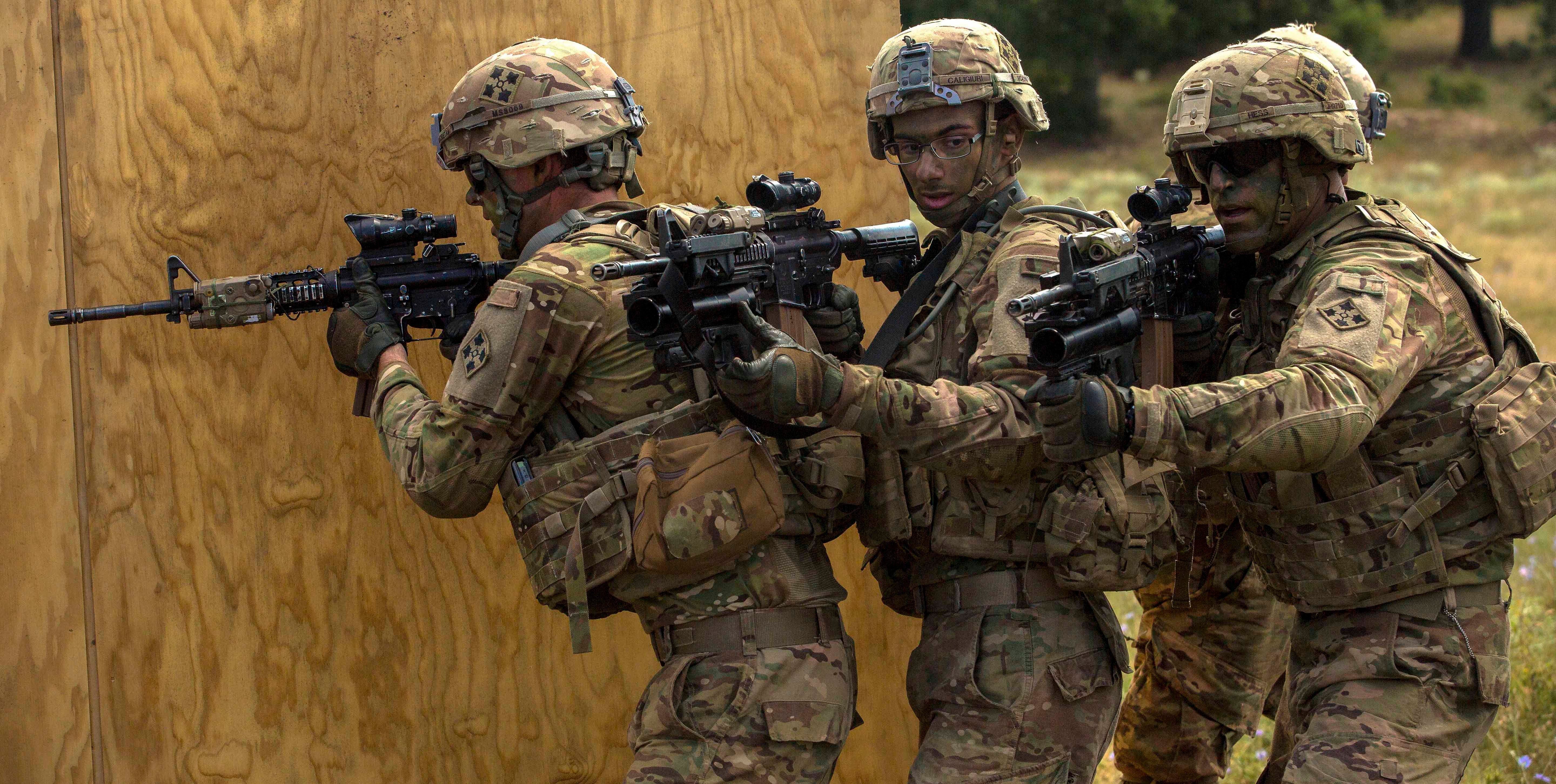Bigger Training Rotations Needed to Prepare Divisions
Bigger Training Rotations Needed to Prepare Divisions

Army divisions should start rotating through the combat training centers as the service continues to train to fight a near-peer adversary, the commanding general of Army Training and Doctrine Command said.
“I think we ought to have one a year, just to learn,” said Gen. Paul Funk, who used as an example a recent rotation by the 1st Infantry Division to the National Training Center at Fort Irwin, California.
“What the 1st Infantry Division is learning, just through some observations, is going to be invaluable to us,” Funk said during a recent discussion at the virtual Fires Conference hosted by the Fires Center of Excellence at Fort Sill, Oklahoma.
The Army could learn more about how to quickly move a division headquarters across the battlefield, how to minimize the unit’s electronic signature, and whether it’s got the right personnel, equipment and capabilities, he said.
“Sometimes you’ve just got to put that stuff out in the field in a harsh, harsh, harsh environment to learn,” Funk said, adding that “there’s nobody in the world that can do this kind of stuff, but we’ve got to learn.”
The 1st Infantry Division’s rotation at the National Training Center featured the division headquarters and its combat aviation brigade as the primary brigade-level training audience, according to information from TRADOC. At the same time, several other 1st Infantry Division units, including its 2nd Brigade Combat Team and sustainment brigade, trained at home station at Fort Riley, Kansas, creating what Army officials called a “distributed live, constructive” training environment.
The rotation yielded what Funk referred to as observations. He said the Army would need to conduct more division-sized rotations to truly pick up lessons that should be applied across the force.
The Army also is relearning some lessons and skills that may have atrophied while soldiers were engaged in counterinsurgency operations in Iraq and Afghanistan. “Heat, dust, unlevel, unyielding terrain and temperatures will affect a division headquarters as much as they do a platoon headquarters,” Funk said. “I think a division team learning to live in harsh environments … is incredibly important.”

